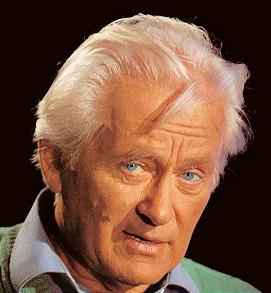|
| Biography |
| |
 Polish-born French physicist, winner of the Nobel Prize for Physics in 1992 for his invention of subatomic particle detectors, in particular the multiwire proportional chamber.
Polish-born French physicist, winner of the Nobel Prize for Physics in 1992 for his invention of subatomic particle detectors, in particular the multiwire proportional chamber.
Charpak became a French citizen in 1946. He received his doctorate in 1955 from the College de France, Paris, where he worked in the laboratory of Frederic Joliot-Curie. In 1959 he joined the staff of CERN (European Organization for Nuclear Research) in Geneva and in 1984 also became Joliot-Curie professor at the School of Advanced Studies in Physics and Chemistry, Paris. He was made a member of the French Academy of Science in 1985.
Charpak built the first multiwire proportional chamber in 1968. Unlike earlier detectors, such as the bubble chamber, which can record the tracks left by particles at the rate of only one or two per second, the multiwire chamber records up to one million tracks per second and sends the data directly to a computer for analysis. The speed and precision of the multiwire chamber and its descendants, the drift chamber and the time projection chamber, revolutionized high-energy physics. Samuel Ting's discovery of the J/psi particle and Carlo Rubbia's discovery of the W and Z particles, which won Nobel Prizes in 1976 and 1984, respectively, involved the use of multiwire chambers; and by the 1990s such detectors were at the heart of almost every experiment in particle physics. Charpak's chamber also has applications in medicine, biology, and industry.
|
| |
|
|
| |
| Abstract |
| |
|
|
|
|
|
| |
|